Flat Roofing: Pros, Cons, and Best Practices for Maintenance
Flat Roofing: Pros, Cons & Maintenance Tips
Flat roofs are a popular choice for many homeowners, offering a sleek, modern look and functional space. However, like any roofing system, they come with their own set of advantages, challenges, and maintenance requirements. In this article, we'll explore the pros and cons of flat roofing and share best practices for keeping your flat roof in top condition.
Pros of Flat Roofing
1. Cost-Effective
Flat roofs are generally less expensive to install than pitched roofs. They require fewer materials and are quicker to install, leading to lower labor costs. This makes flat roofing an attractive option for budget-conscious homeowners.
2. Easy Access and Maintenance
The flat surface of these roofs makes them easier to access for inspections, cleaning, and repairs. This accessibility allows for more straightforward maintenance, which can help extend the roof's lifespan.
3. Versatile Space
Flat roofs can be used for various purposes, such as creating a rooftop garden, installing solar panels, or even setting up a relaxing patio area. This versatility is a significant advantage for homeowners looking to maximize their outdoor space.
4. Modern Aesthetic
Flat roofs provide a clean, modern look that complements contemporary home designs. Their sleek appearance can enhance the overall curb appeal of your home.
Cons of Flat Roofing
1. Drainage Issues
One of the primary challenges with flat roofs is drainage. Unlike sloped roofs, flat roofs don't naturally shed water, which can lead to pooling. This standing water can cause leaks and damage over time if not properly managed.
2. Limited Lifespan
Flat roofs typically have a shorter lifespan compared to pitched roofs. While modern materials have improved durability, flat roofs are still more susceptible to wear and tear, especially from water damage.
3. Temperature Regulation
Flat roofs can absorb more heat during the summer, leading to higher cooling costs. Conversely, they may not retain heat as effectively during the winter, which can increase heating expenses.
4. Higher Maintenance Requirements
Due to their drainage and durability challenges, flat roofs require more frequent inspections and maintenance to prevent issues from escalating.
Best Practices for Flat Roof Maintenance
1. Regular Inspections
Schedule regular roof inspections, especially after severe weather events. Look for signs of damage, such as cracks, blisters, or pooling water. Riley Roofing recommends inspecting your flat roof at least twice a year.
2. Keep the Roof Clean
Debris, such as leaves, branches, and dirt, can accumulate on flat roofs, obstructing drainage systems and leading to water pooling. Regularly clean your roof to prevent clogs and water damage.
3. Ensure Proper Drainage
Make sure your flat roof has an effective drainage system in place, such as scuppers, drains, or gutters. Check these systems regularly to ensure they are not clogged and are functioning correctly.
4. Seal and Repair Cracks Promptly
Small cracks or blisters can quickly turn into major issues if left unattended. Address any signs of damage as soon as possible by applying a roof sealant or calling a professional for repairs.
5. Consider a Reflective Coating
Applying a reflective coating to your flat roof can help reduce heat absorption, lowering your cooling costs and extending the roof's lifespan. This is especially beneficial in hot climates.
6. Hire Professional Roofing Services
For more extensive maintenance or repairs, it's best to hire professionals like Riley Roofing. We have the expertise and equipment to ensure your flat roof remains in excellent condition.
Flat roofing offers a range of benefits, from cost savings to additional usable space. However, it also requires diligent maintenance to avoid common issues like water pooling and reduced lifespan. By following these best practices, you can keep your flat roof in top shape for years to come. For expert advice and services, Riley Roofing is here to help with all your flat roofing needs.



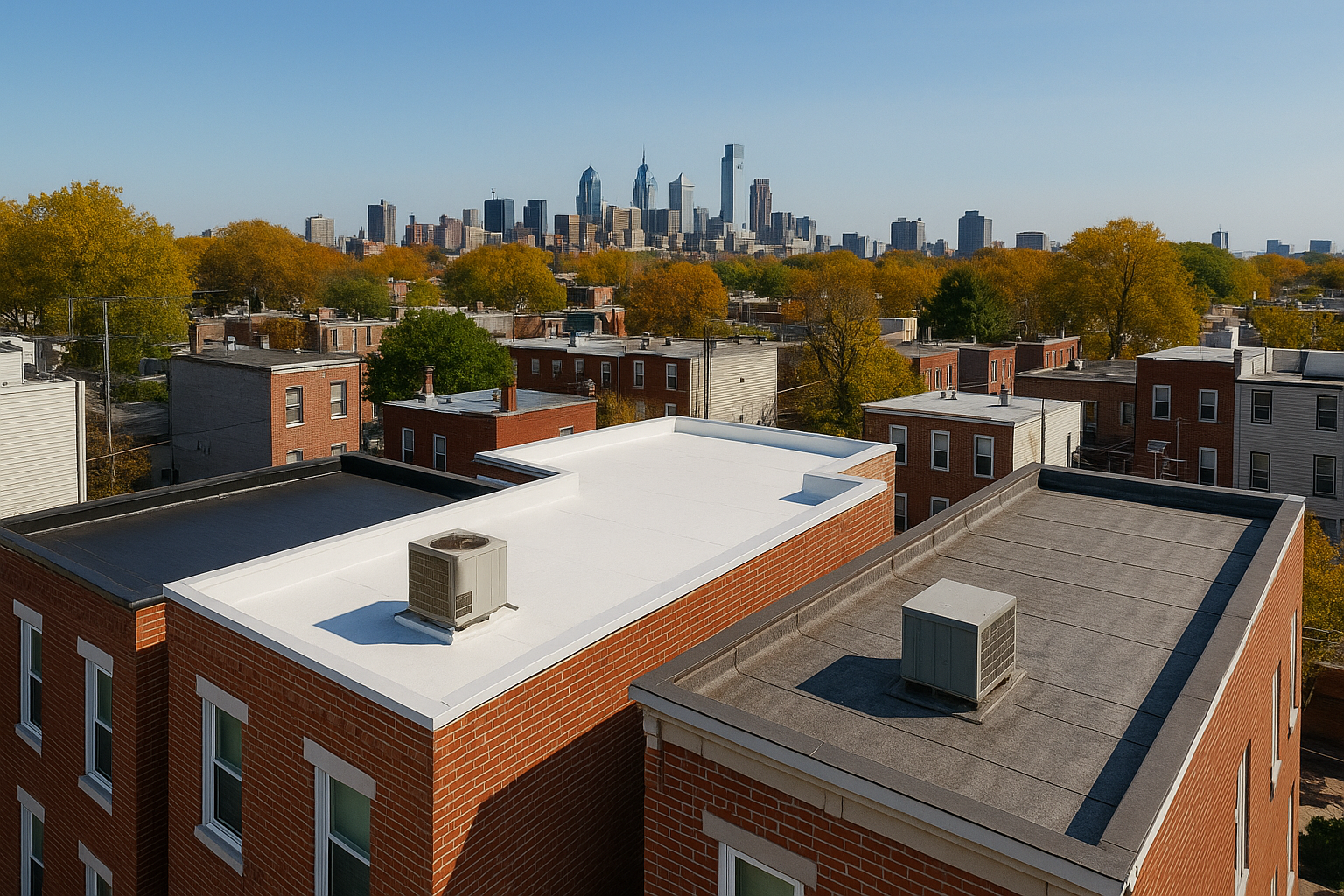
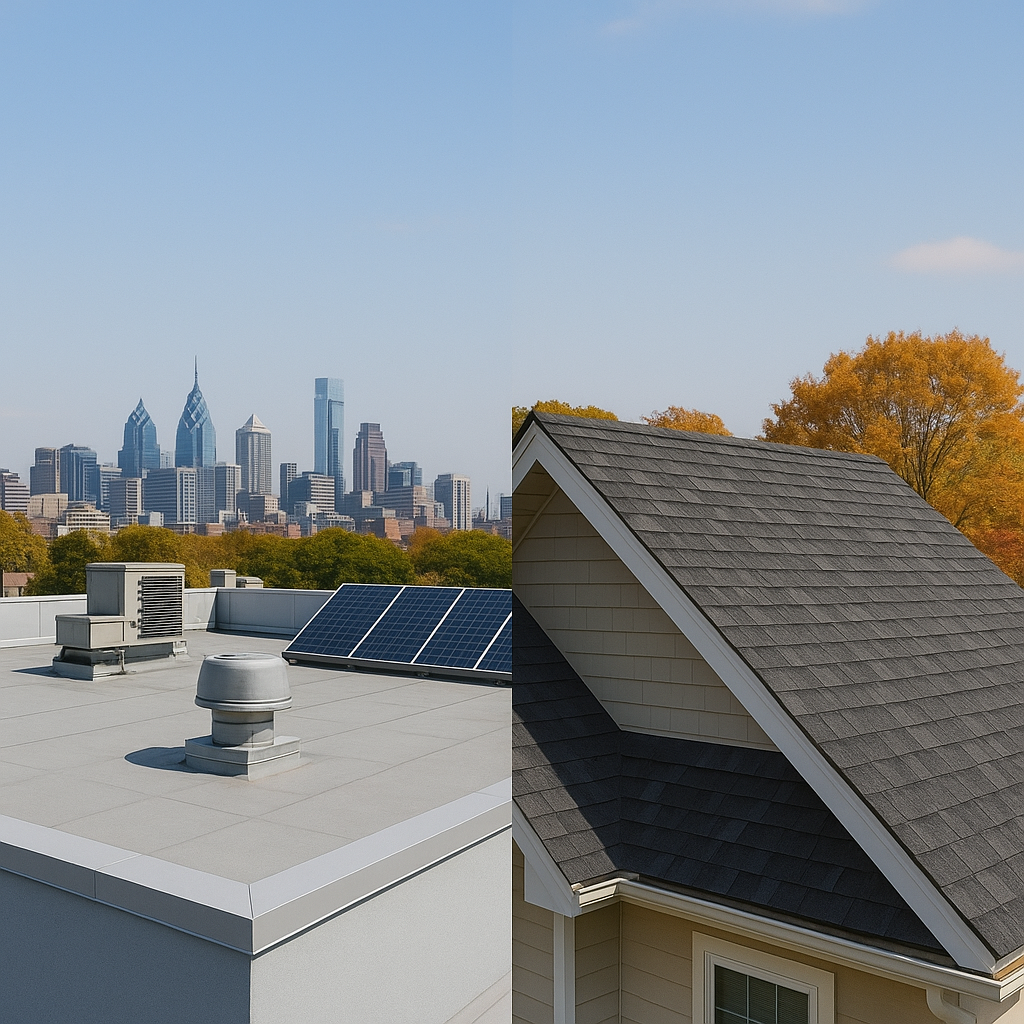

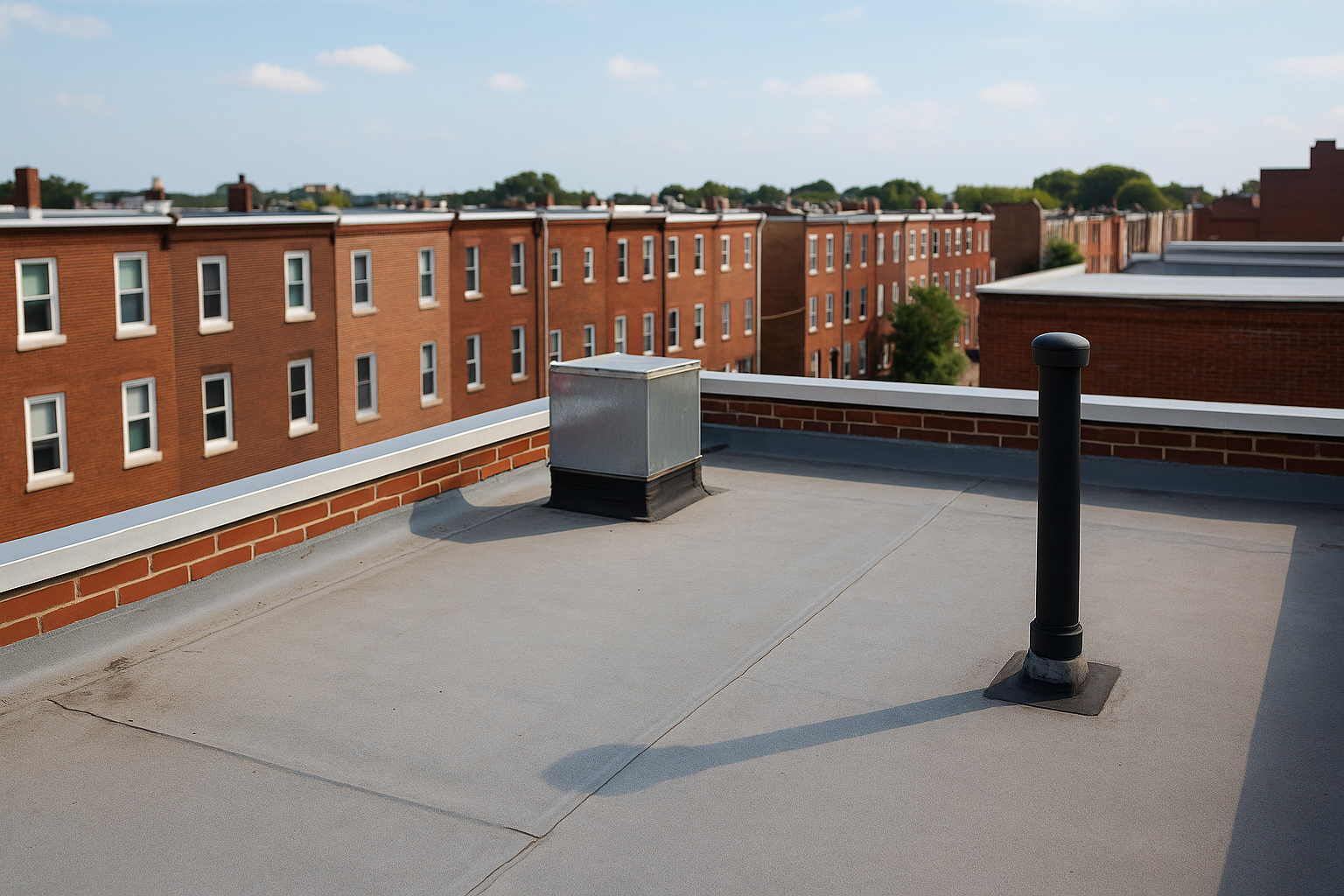
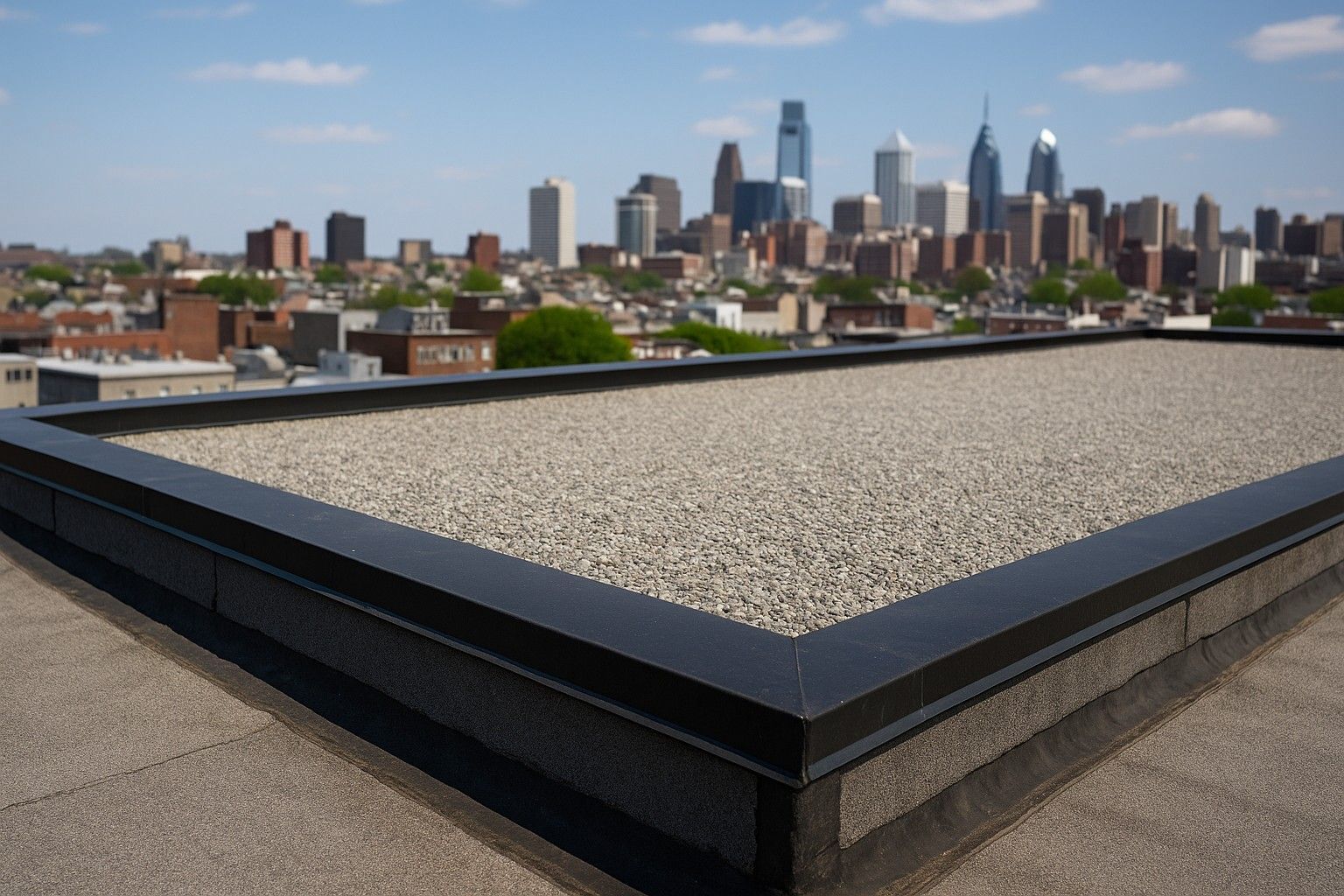
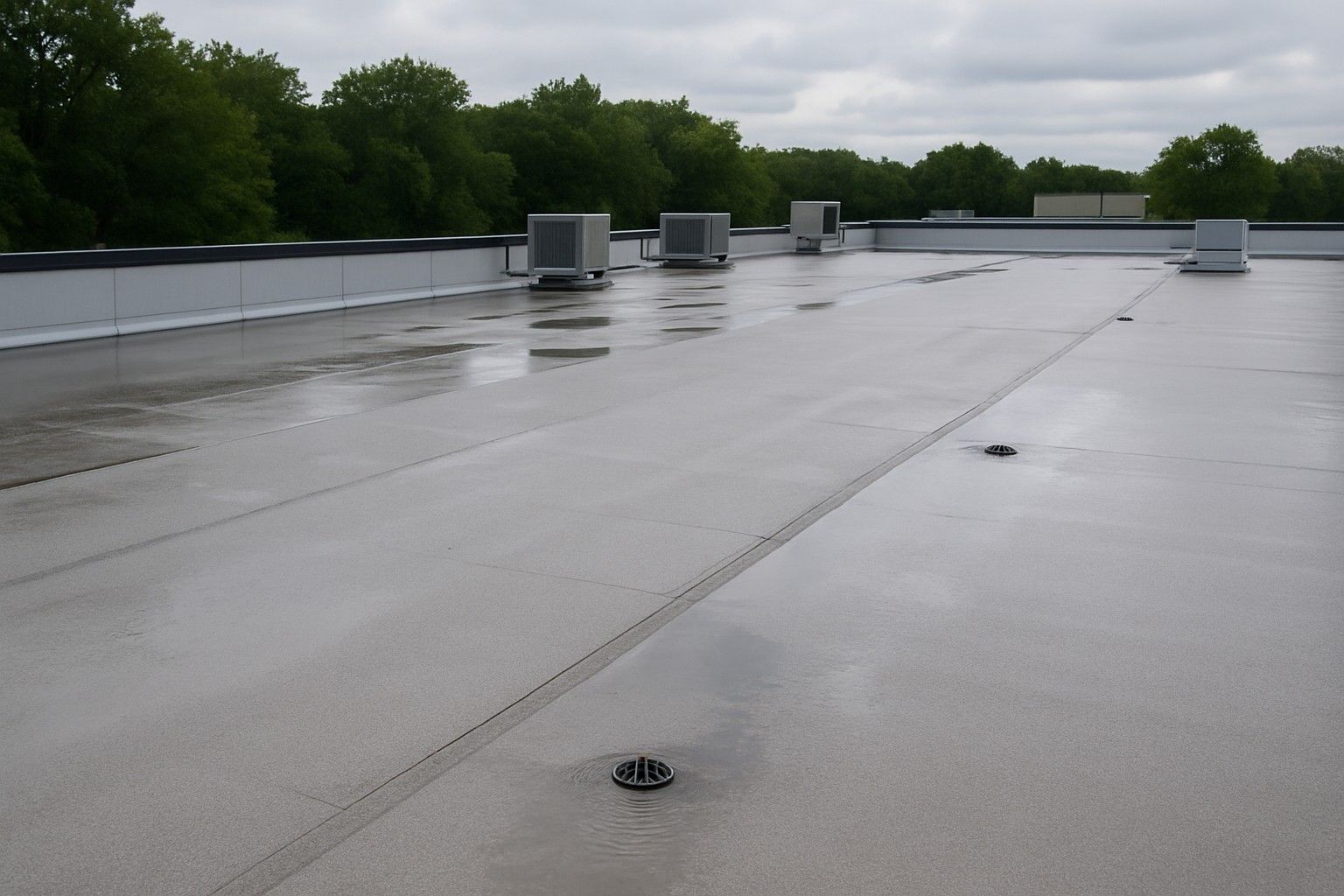
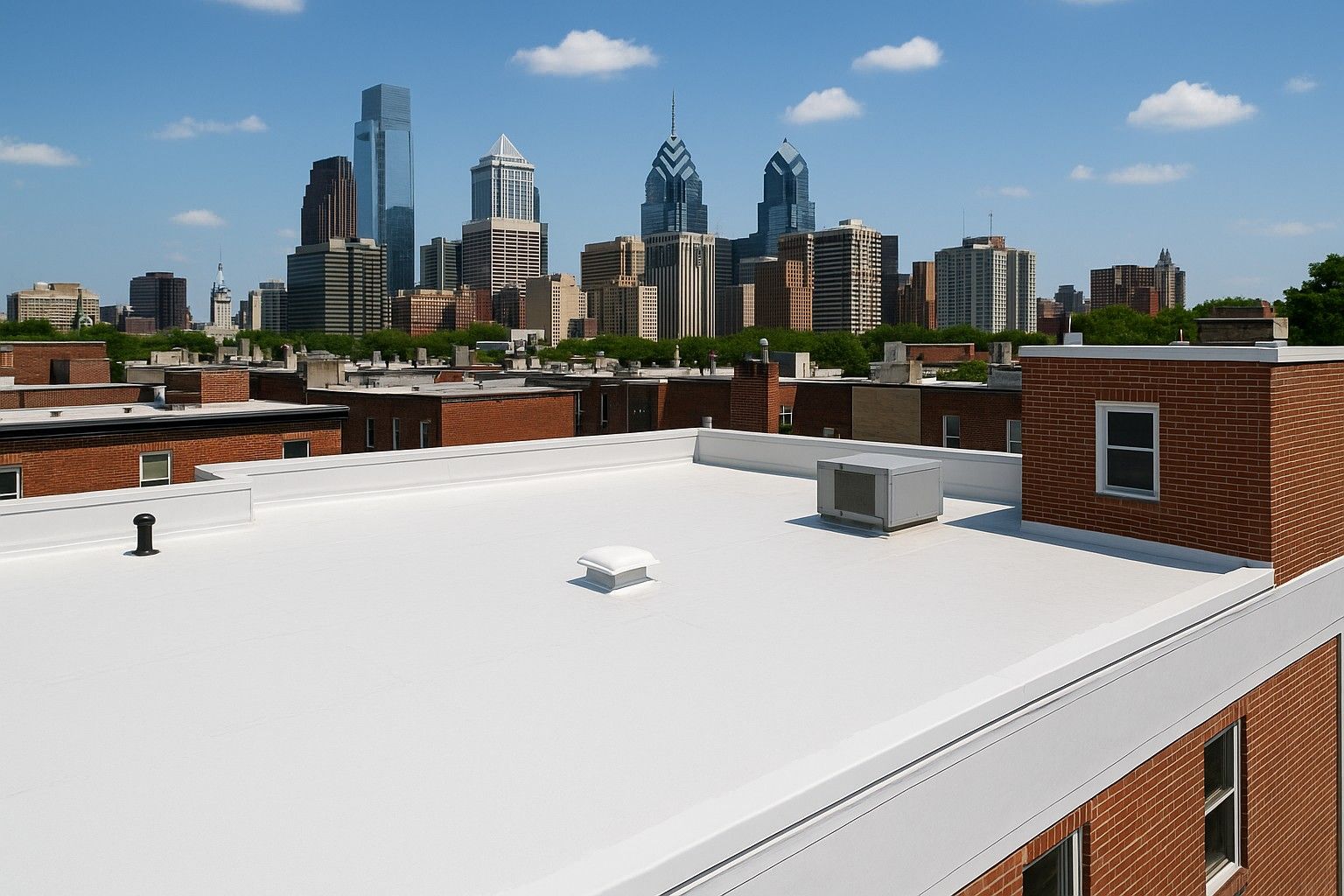

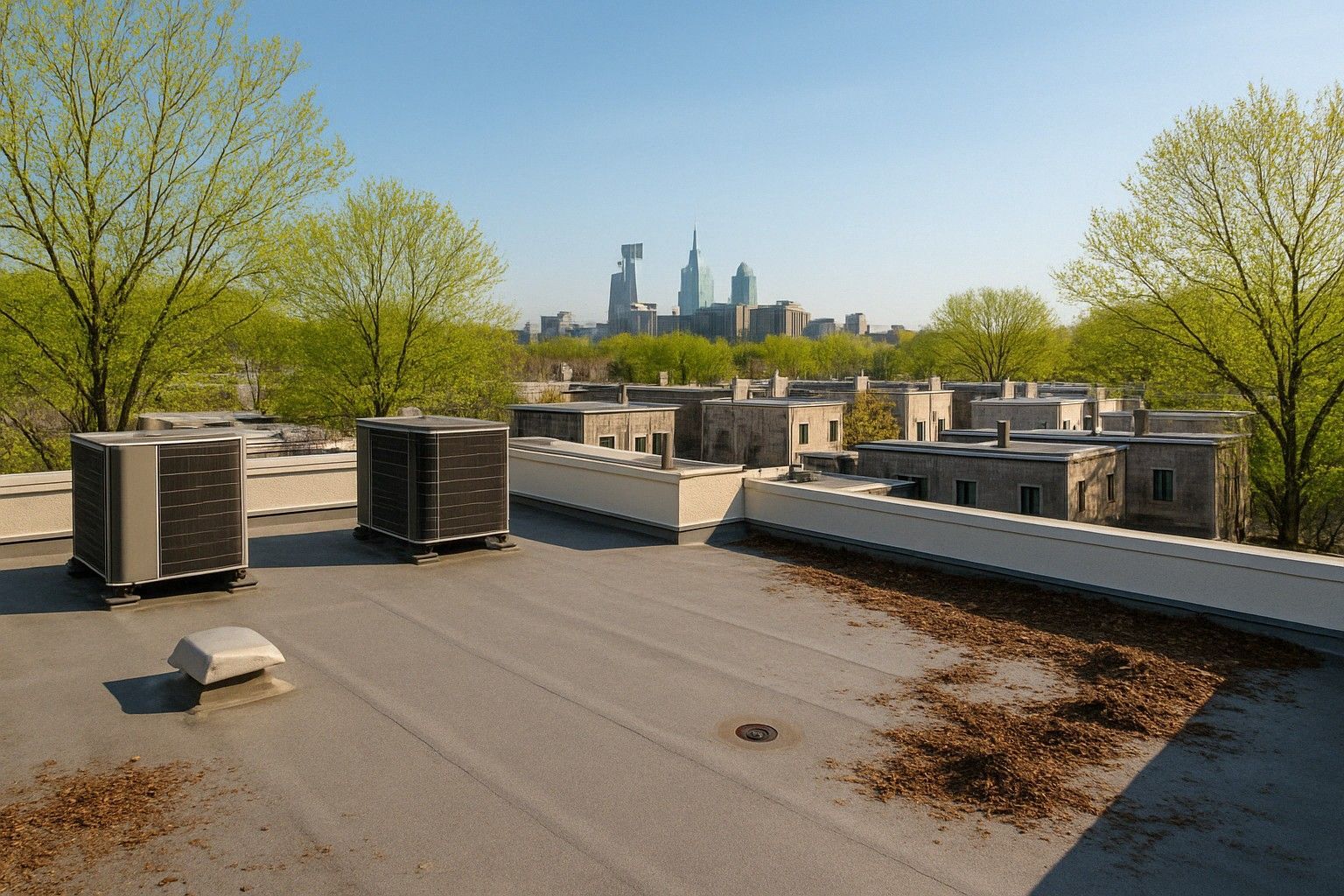

Share On: